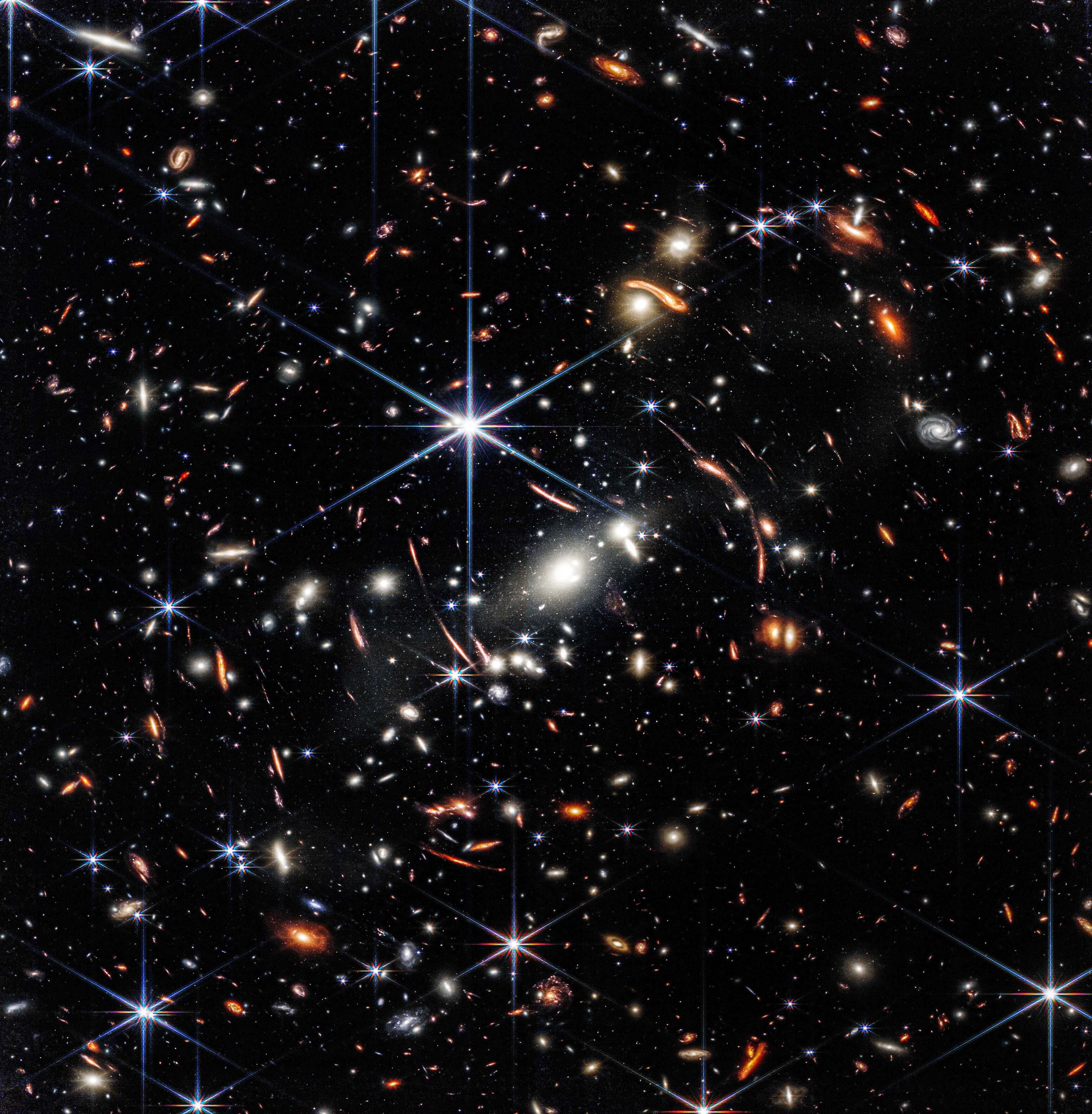7
Deep origin of eukaryotes outside Heimdallarchaeia within Asgardarchaeota | Nature
www.nature.comResearch on the morphology, physiology and genomics of Asgard archaea has provided valuable insights into the evolutionary history of eukaryotes1–3. A previous study suggested that eukaryotes are nested within Heimdallarchaeia4, but their exact phylogenetic placement within Asgard archaea remains controversial4,5. This debate complicates understanding of the metabolic features and timescales of early eukaryotic ancestors. Here we generated 223 metagenome-assembled nearly complete genomes of Asgard archaea that have not previously been documented. We identify 16 new lineages at the genus level or higher, which substantially expands the known phylogenetic diversity of Asgard archaea. Through sophisticated phylogenomic analysis of this expanded genomic dataset involving several marker sets we infer that eukaryotes evolved before the diversification of all sampled Heimdallarchaeia, rather than branching with Hodarchaeales within the Heimdallarchaeia. This difference in the placement of eukaryotes is probably caused by the previously underappreciated chimeric nature of Njordarchaeales genomes, which we find are composed of sequences of both Asgard and TACK archaea (Asgard’s sister phylum). Using ancestral reconstruction and molecular dating, we infer that the last Asgard archaea and eukaryote common ancestor emerged before the Great Oxidation Event and was probably an anaerobic H2-dependent acetogen. Our findings support the hydrogen hypothesis of eukaryogenesis, which posits that eukaryotes arose from the fusion of a H2-consuming archaeal host and a H2-producing protomitochondrion. Ancestral reconstruction together with molecular dating of the last Asgard archaea and eukaryote common ancestor suggest that eukaryotes arose from the fusion of a H2-consuming archaeal host and a H2-producing protomitochondrion.


it’s an open access article!